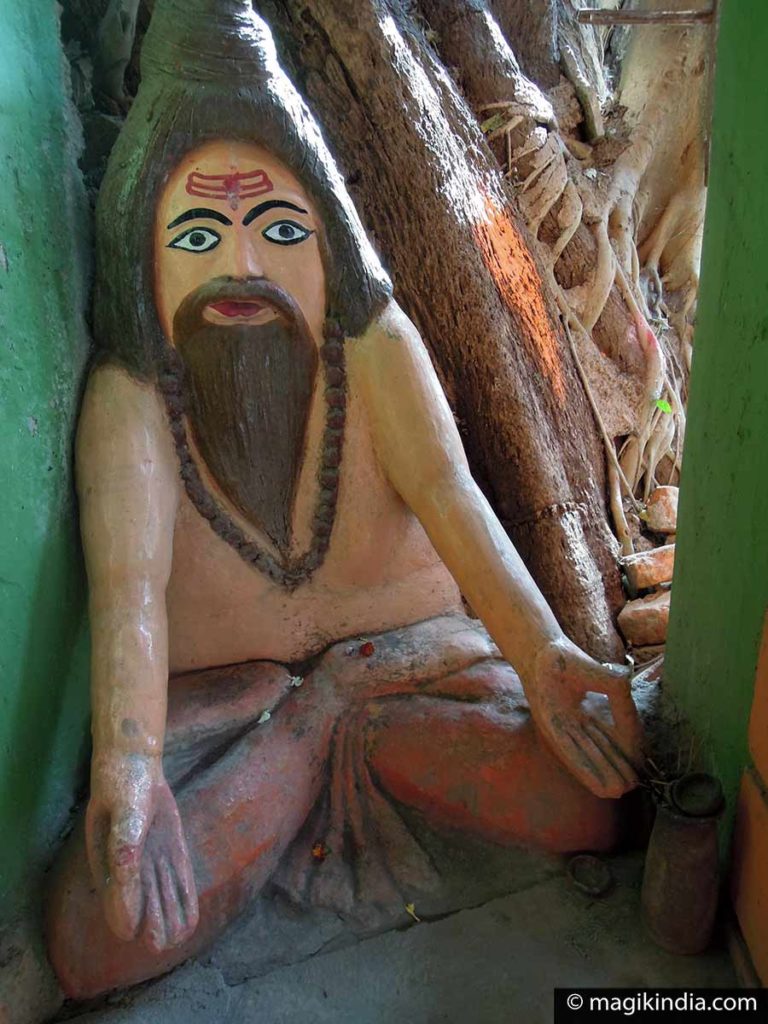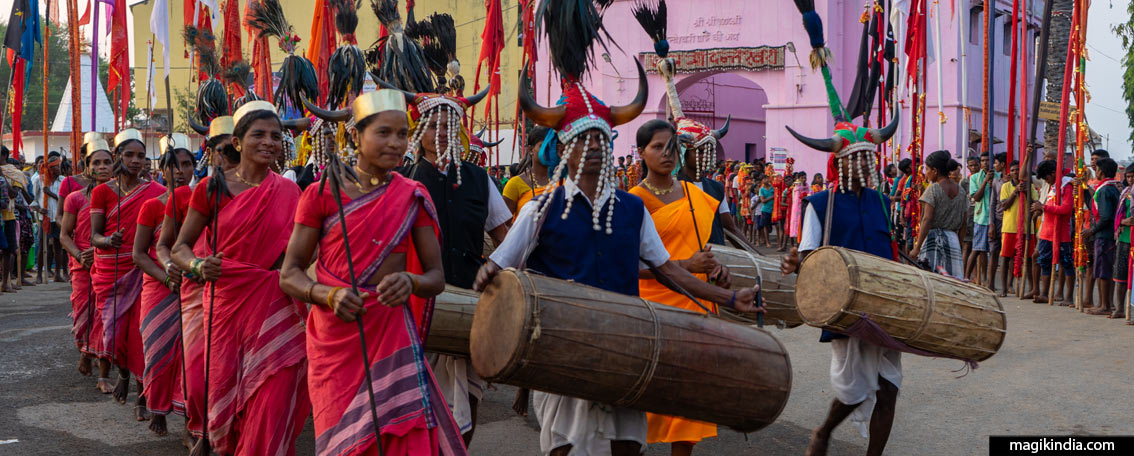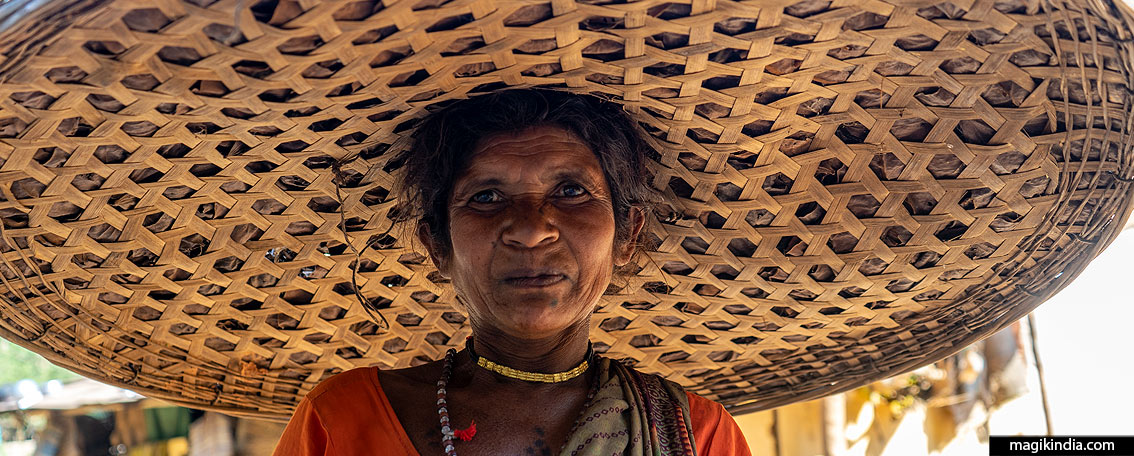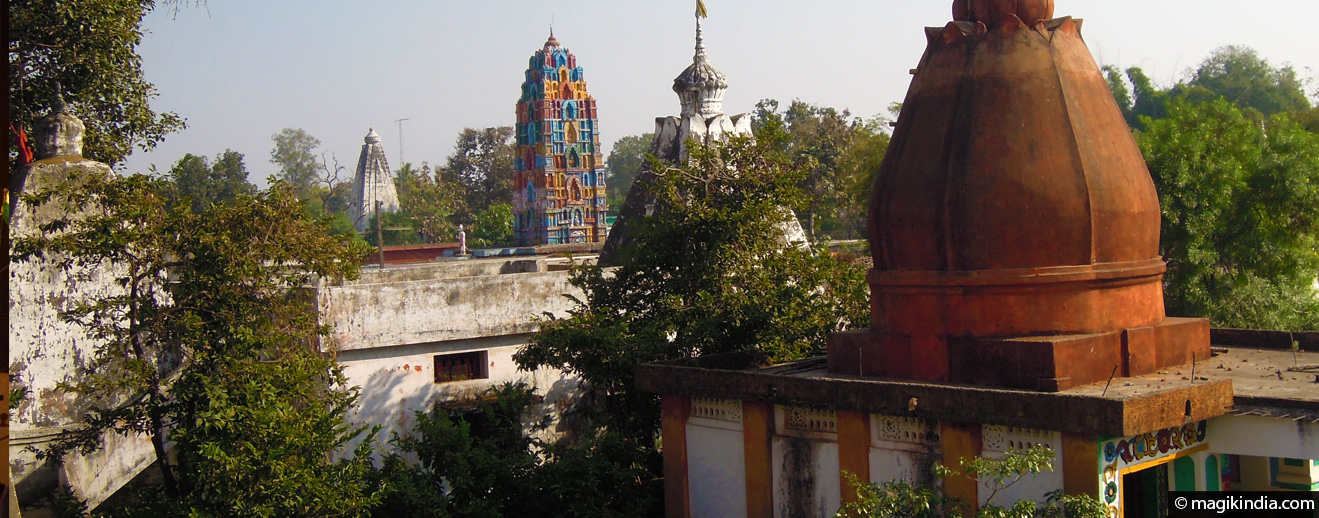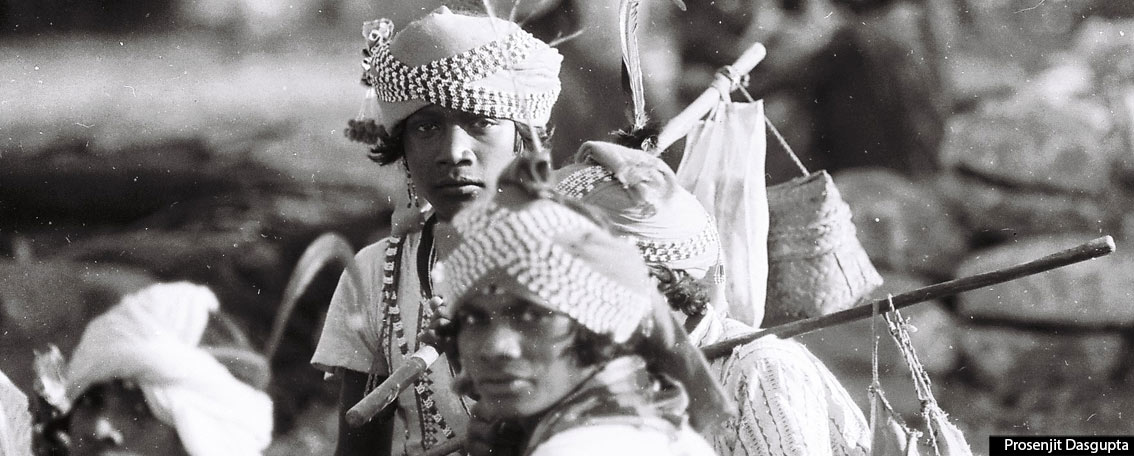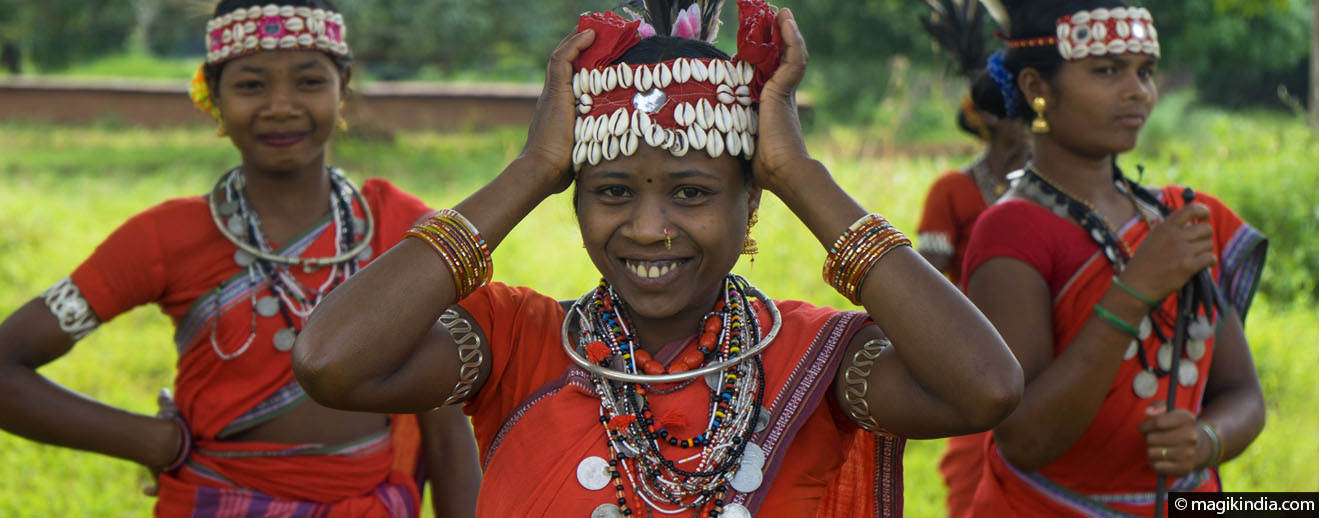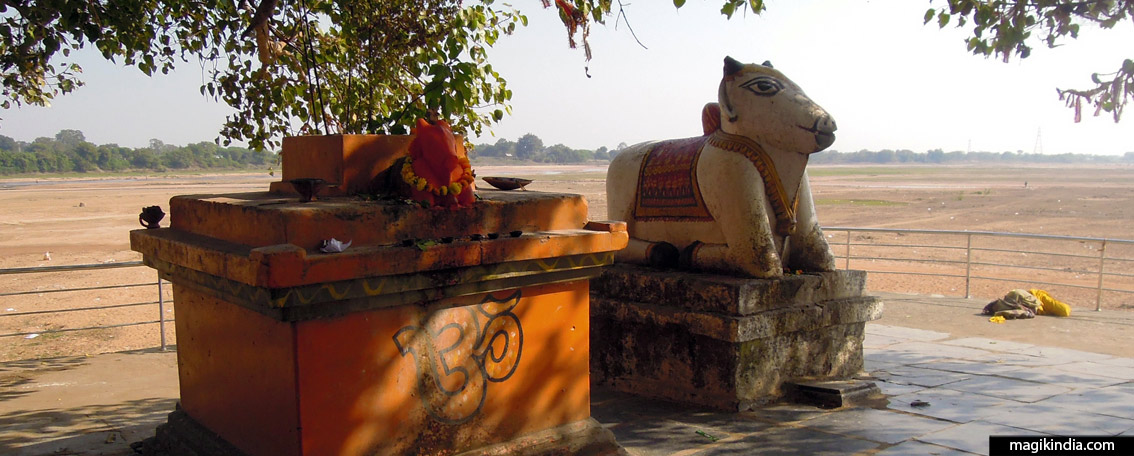
Rajim, the Kumbh Mela of Chhattisgarh
Rajim is a unique town around 45km from Raipur, sitting at the meeting point of three rivers. It boasts a number of very fine Hindu temples dating from the 8th to the 14th centuries, which are highly revered by both Vishnuites (devotees of Vishnu) and Shivaites (devotees of Shiva). The town of Rajim and is one of the most sacred places in the state of Chhattisgarh and the spiritual fervor culminates each year at the ‘fifth Kumbh’ festival or ‘Rajim Mela’ where thousands of pilgrims gather.

The town of Rajim stands at the confluence of three rivers, the Mahanadi, Pairi and Sondur. A confluence of three rivers is called Triveni Sangam and is considered sacred. This makes Rajim as holy a city as Allahabad and Varanasi, in Uttar Pradesh.
In olden days it was an important halt on the pilgrim route; it was common practice to perform kalpvasi here, i.e. spending a month praying and practicing austerities by the Sangam. Rajim is still considered an essential stop before visiting the Jagannath temple in Puri.
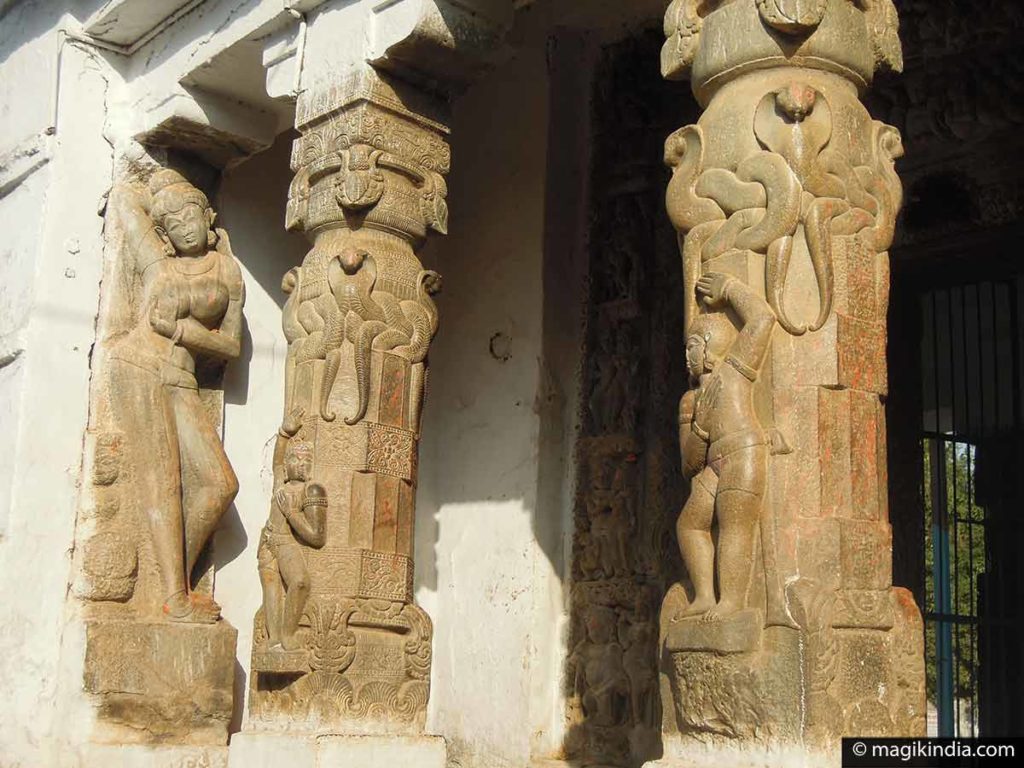
Shri Rajiv Lochan temple
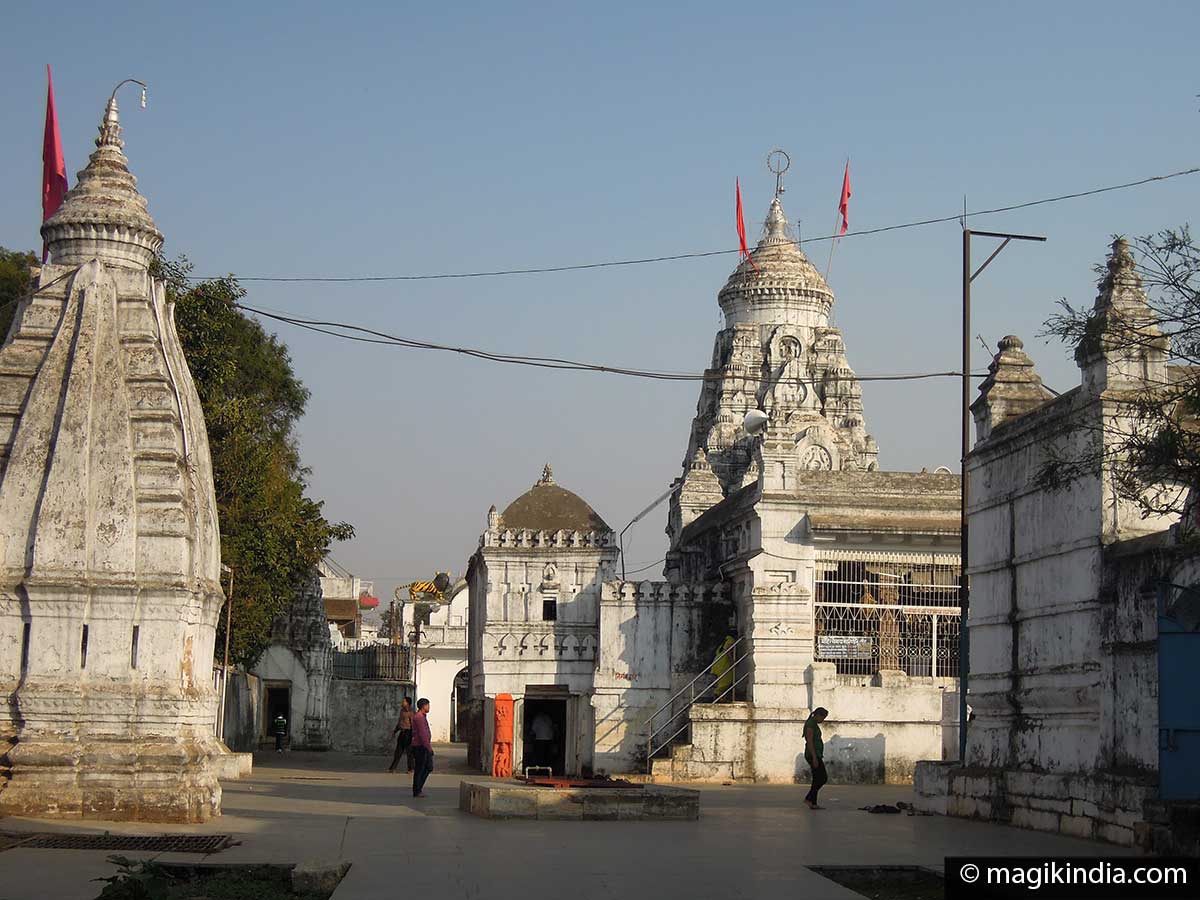
Shri Rajiv Lochan temple is the most ancient temple in Rajim.
Archaeologists have not been able to pinpoint the origin of the building. However, one of the temple’s inscriptions, dating from the Nala dynasty (around 700 CE), tells us that King Vilasatunga had a magnificent temple built in honor of his deceased son.
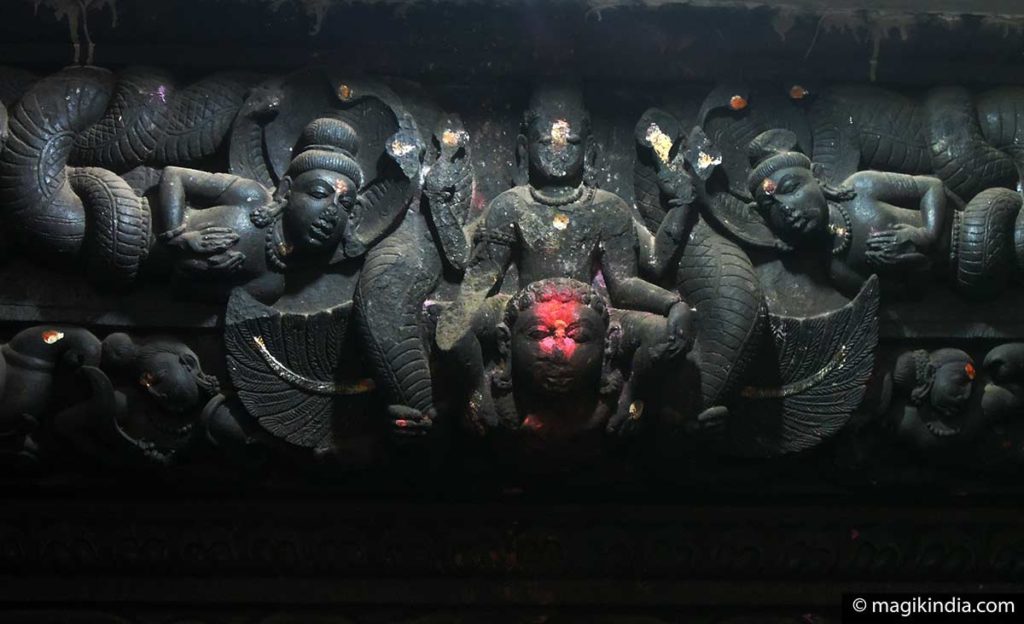
Shri Rajiv Lochan is dedicated to the Hindu god Vishnu, the patron god of the universe. Its sanctuary is in the center of the complex which can be reached by a flight of steps.
The entrance door to the sanctum sanctorum is delicately carved; we see two serpent shesayani and Vishnu sitting on Garuda, his eagle-vehicle.
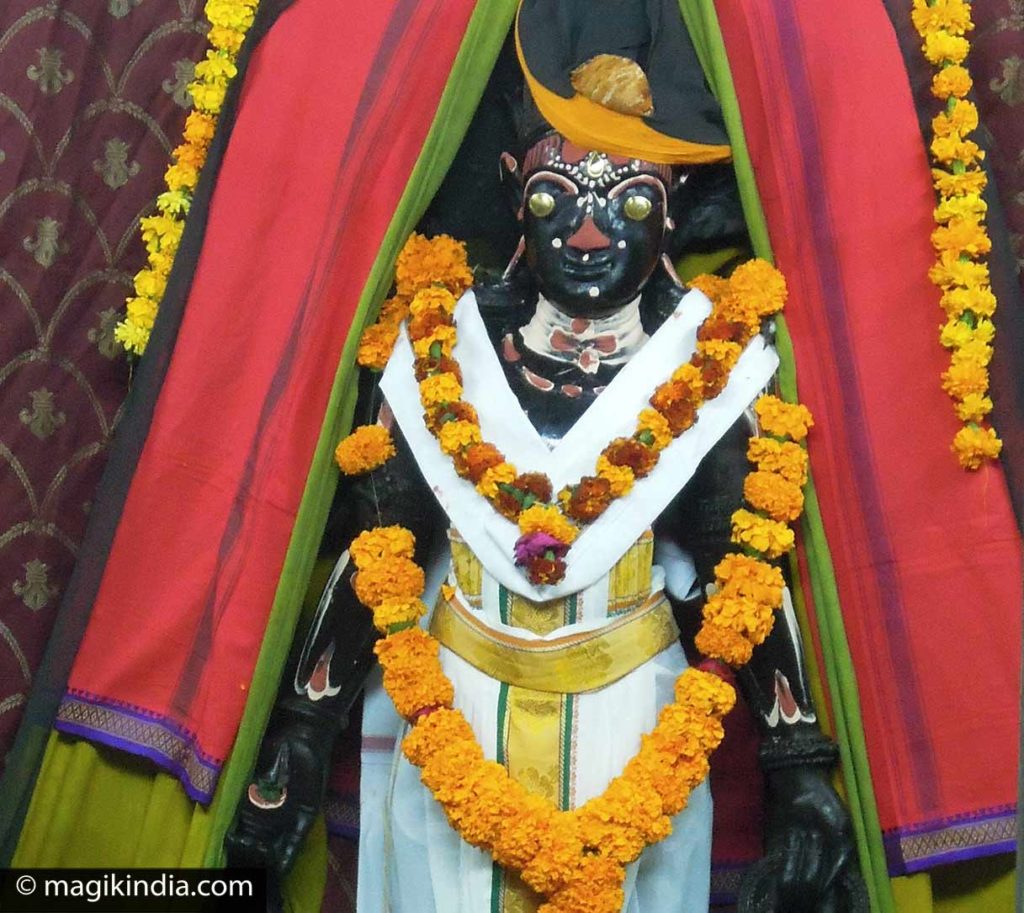
The sculptures of the mandapa (the hall of the sanctuary) are particularly remarkable; they reflect the artistic qualities of the builders of the post-Gupta period (600 – 750 CE).
These sculptures include an idol of eight-armed Durga, the goddess Ganga, the goddess Yamuna and various incarnations of the god Vishnu
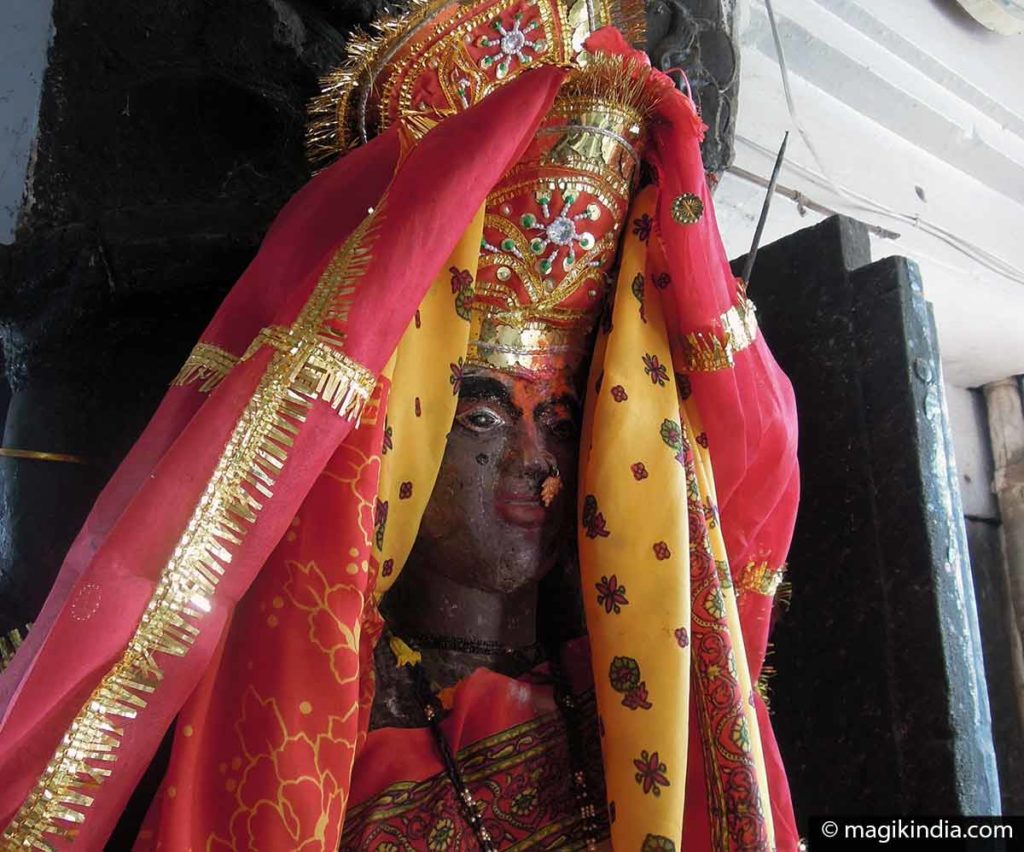
There are other temples dedicated to various deities of the Hindu pantheon in the Rajiv Lochan temple complex. Surprisingly, there is also a statue of the Buddha in meditation finely carved in a black rock ; for the Vaishnaism branch of hinduism, the Buddha is considered to be the ninth incarnation of Lord Vishnu.
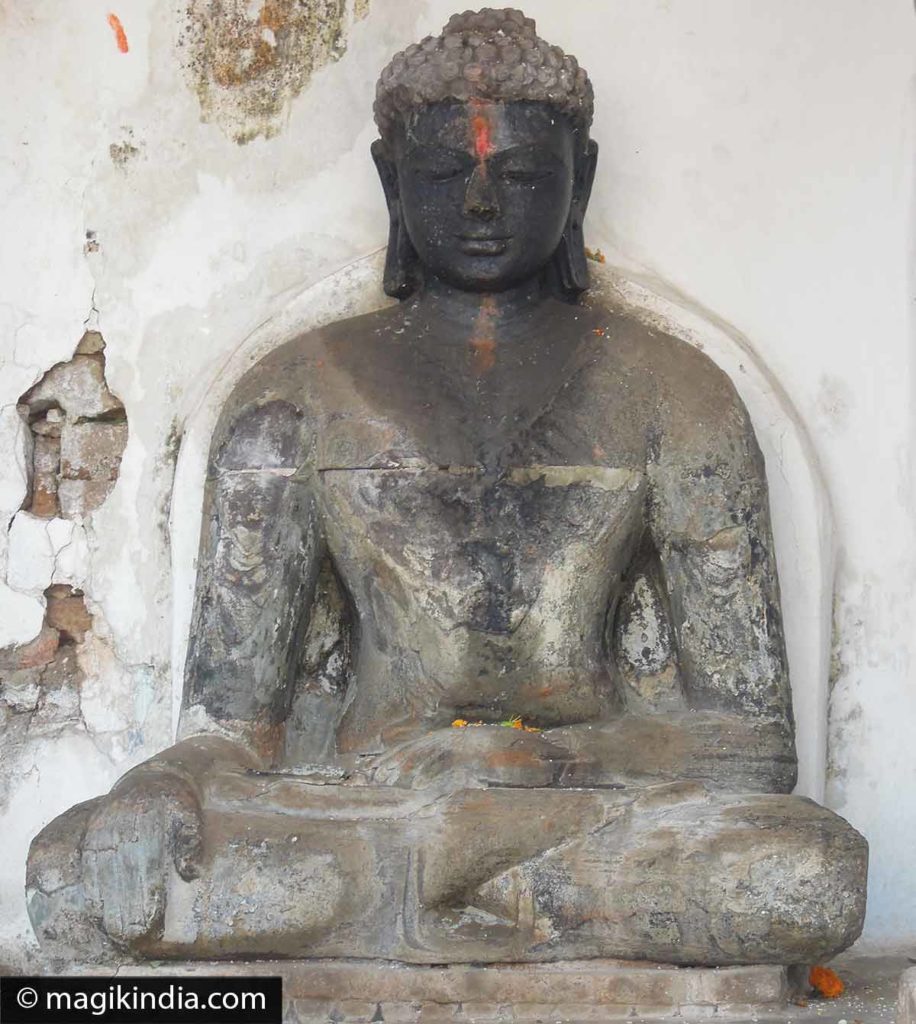
Kuleshvar Temple
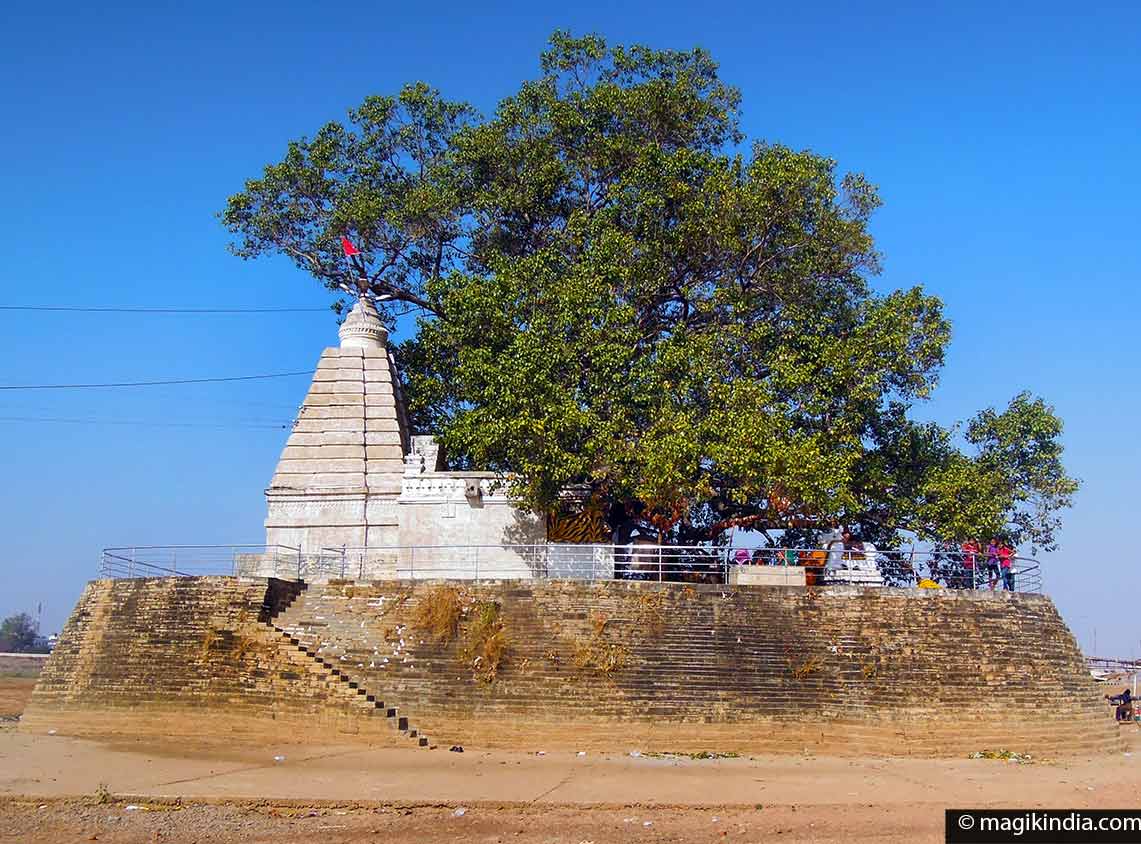
The smaller Kuleshvar Temple was built in the 9th century on an octagonal platform at the confluence of the three rivers, opposite Rajiv Lochan Temple.
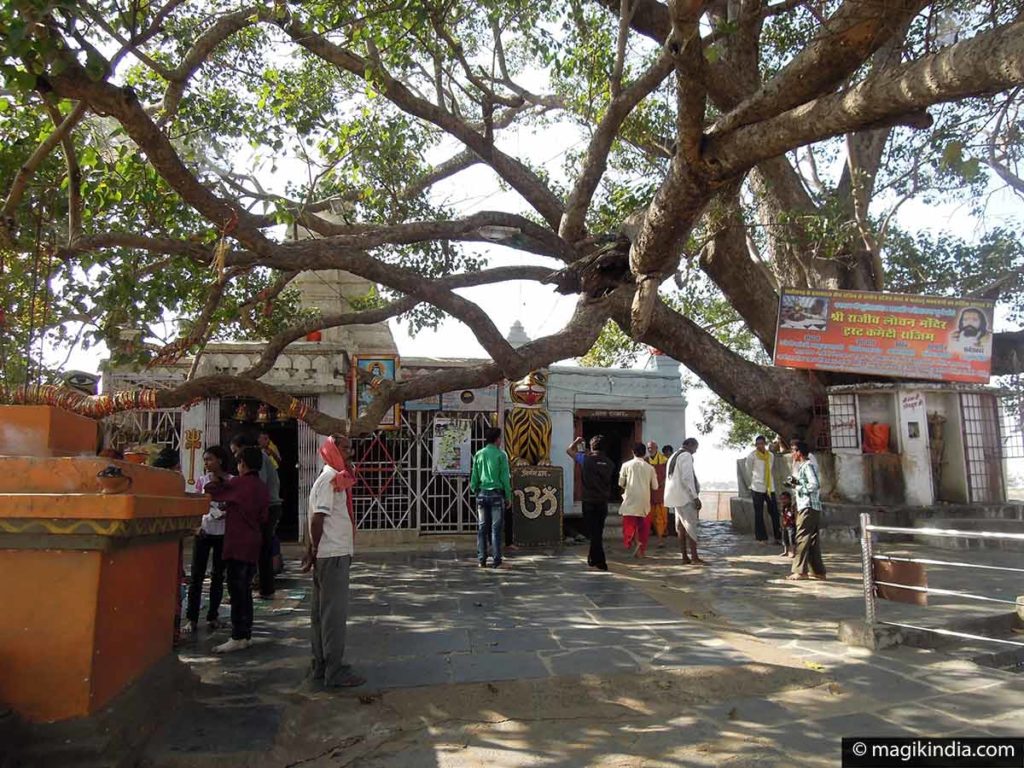
The architecture of the building is sober; a small mandapa and a single sikhara (tower). What especially attracts attention here is its majestic peepal tree (fig tree of the pagodas) whose branches extend almost over the entire surface of the complex.
Previously, during the monsoon, the temple turned into an island; the faithful had to cross the river on foot in order to reach it. A cantilever bridge is currently under construction spanning the rivers to the temple and disfiguring the place. A modernity that was absolutely not necessary!

It is dedicated to Shiva and its shrine has a Swayambhu Lingam (a “self-created” or naturally-formed lingam).
According to legend, this lingam was fashioned by Sita, the wife of the god Rama. For this reason, the place is highly revered.


Rajim Mela, the Fifth Kumbh
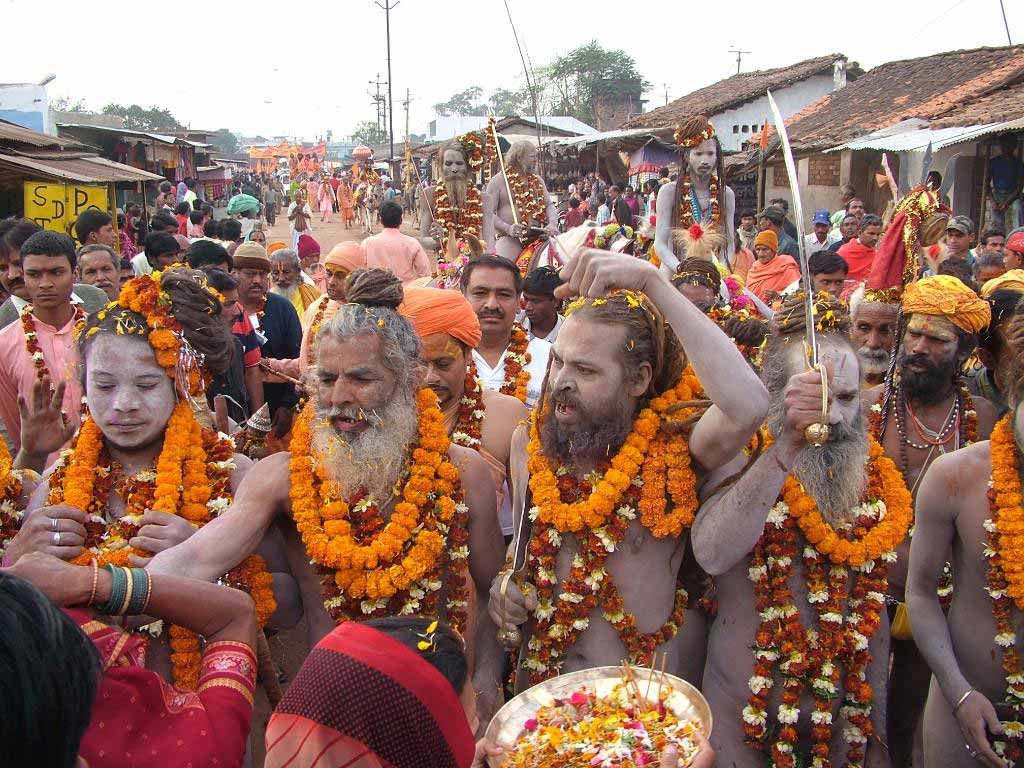
Every year, a gathering called the ‘Fifth Kumbh’ or Punni Mela (“full moon fair”) is held at Shri Rajiv Lochan temple. It starts at full moon in January (Magh Purnima) with a special puja performed at 3am, and lasts for two weeks.
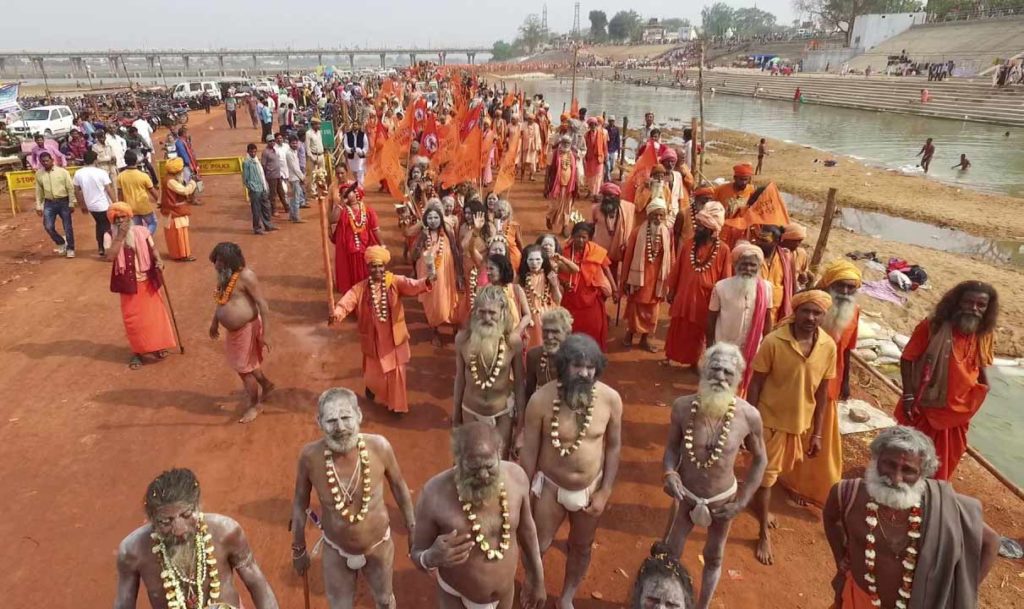
Thousands of worshippers bathe in the Sangam before flocking to the Rajiv Lochan and Kuleshwar temples to make offerings to the gods.
The Nagas sadhus are of course also present and proudly parade in colourful processions; they sometimes stop to pose for photography or to simulate war games.
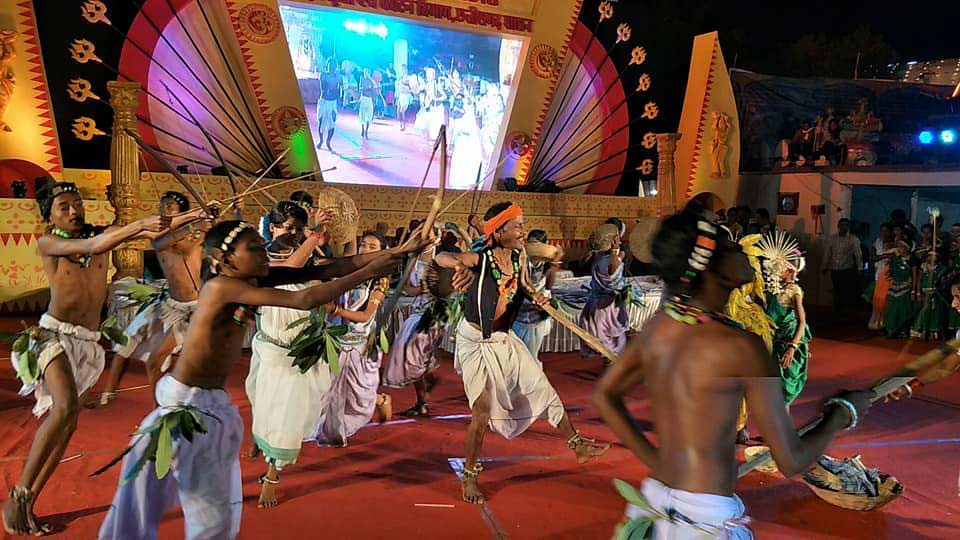
Cultural dance and music programs take place throughout the fortnight. They are the showcase of Chhattisgarh, rich in dozens of indigenous peoples.
In the evening, as in all sangams, the ritual of the arati (offering of flames) is performed to the rhythm of the conchs and cymbals.
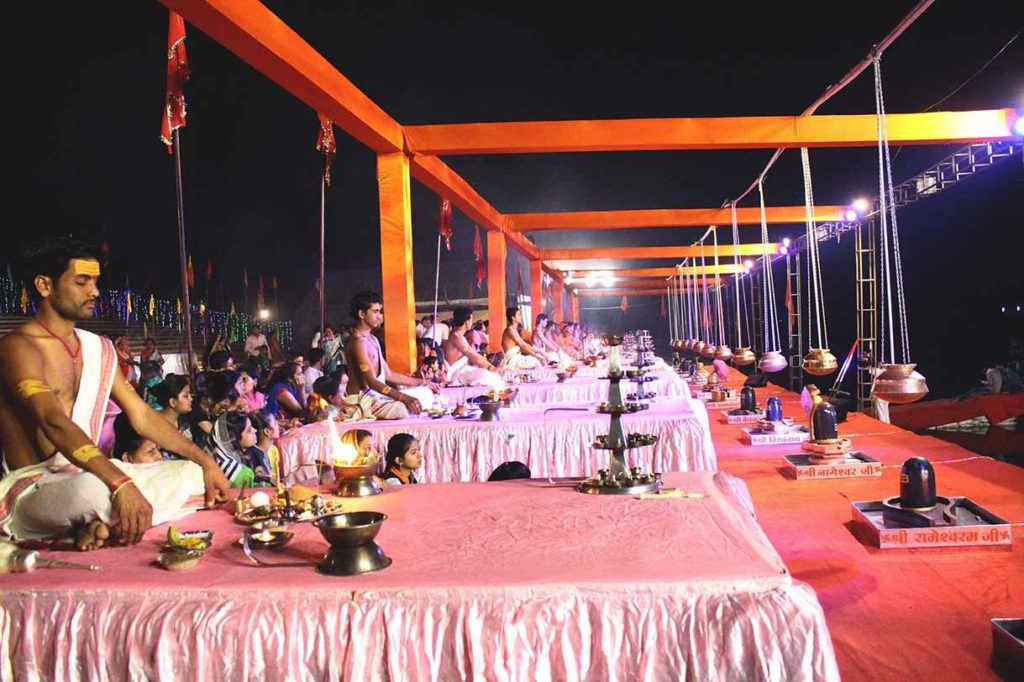
Rishi Lomash ji Ashram
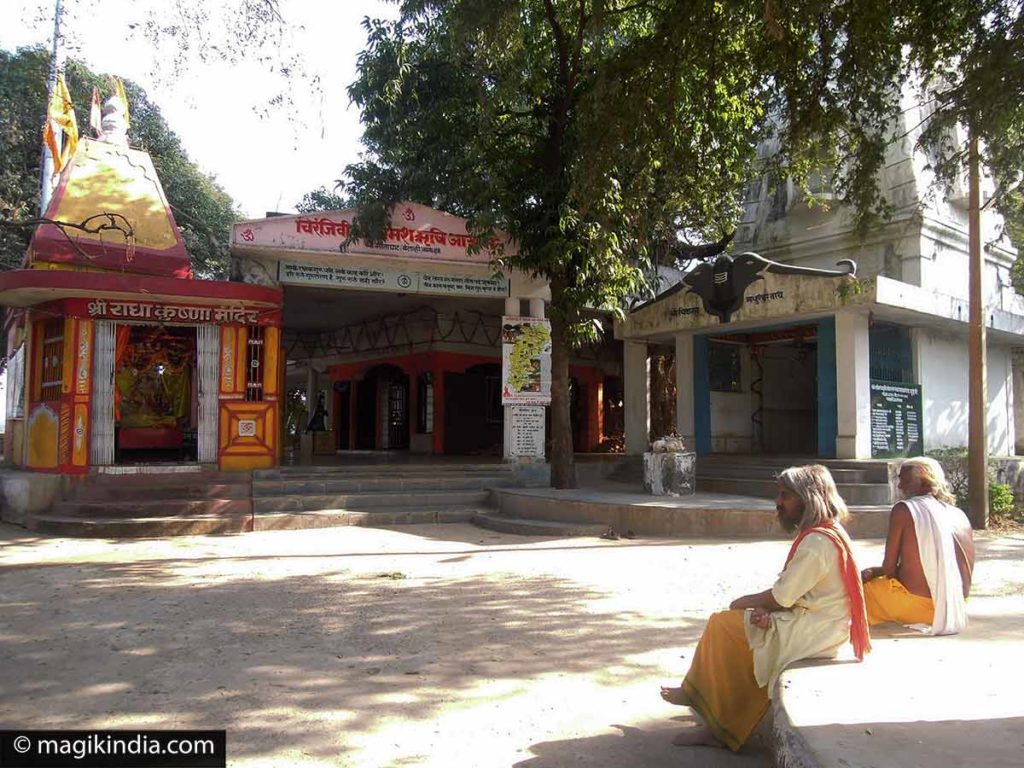
Not far from the two temples, on the banks of the Mahadi and the Pairi, is another place of spiritual interest: the ashram of Saint Lomash ji.
It is said that Lord Rama stopped in this ashram to pay homage to the sage.

This ashram is part of the “Ram Vangaman” pilgrimage route of Chhattisgarh, that is to say, the various places that Rama, Sitha and Lakshmana are said to have visited in this region during their 14-year exile.
The ashram includes several temples dedicated to the sage but also to the heroes of the Ramayana, one of the great Indian epics.
